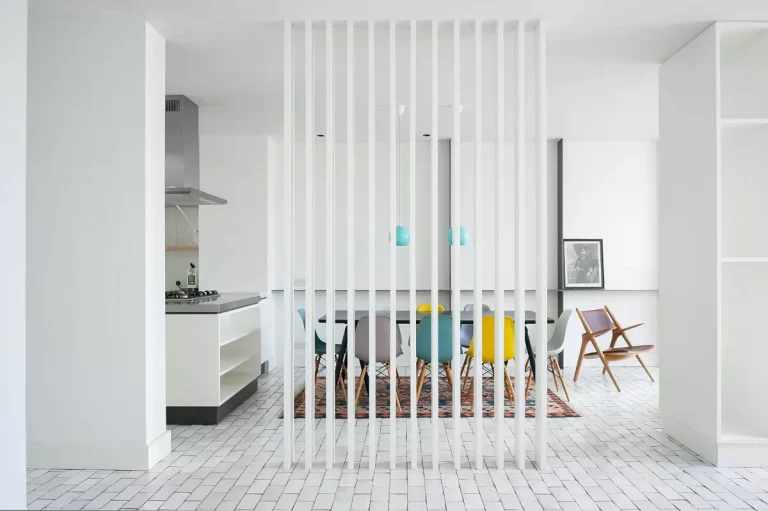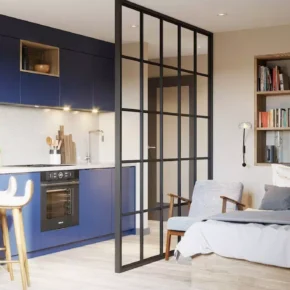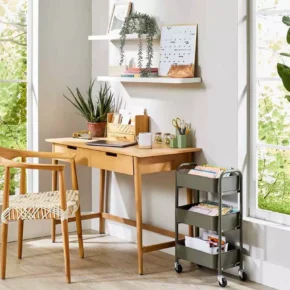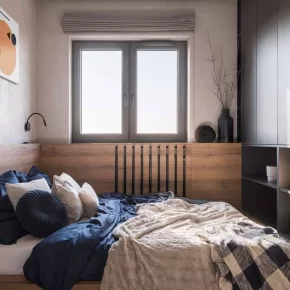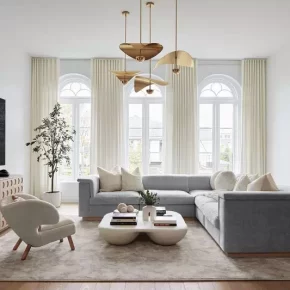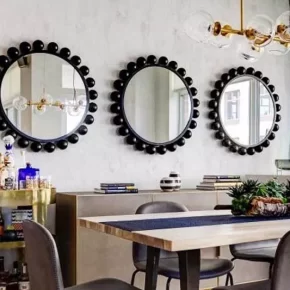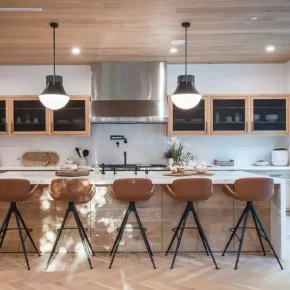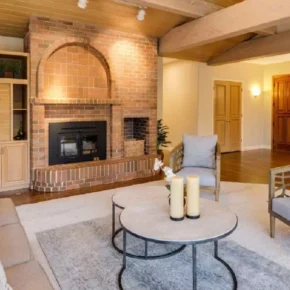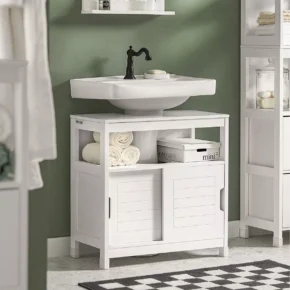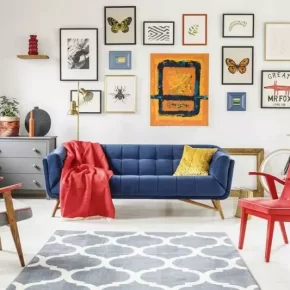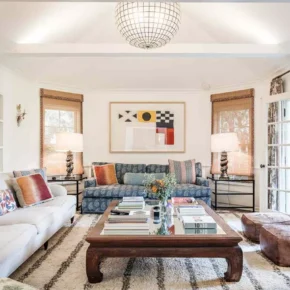Zoning of space in an apartment is an important aspect of design, especially in modern interiors, where open plans and multifunctional rooms are often used. One of the most effective ways to create separate zones in a room is to use room dividers.
Not only do they help divide space, but they also add style and functionality to your space.
1. Types of room partitions

Partitions can be of various materials, construction and functionality. The choice depends on your interior style and space zoning needs.
- Mobile partitions
Mobile or portable partitions are lightweight structures that can be easily moved around the room. They are ideal for temporary space division.- Pros: mobility, ease of use, ability to quickly change zones.
- Cons: do not provide sound insulation.
- Example: screens, fabric partitions.
- Stationary partitions
Stationary partitions are installed on a permanent basis and can be made of different materials.- Pros: strength, the possibility of integration into interior design, better sound insulation.
- Cons: difficulty in installation, lack of mobility.
- Example: glass walls, plasterboard partitions, wooden structures.
- Glass partitions
Glass is one of the most popular materials for zoning, as it allows you to create separate zones while maintaining a sense of space and light.- Pros: visually expand the space, transmit light, give a modern look.
- Cons: need regular care, limited privacy.
- Fabric partitions or curtains
Using curtains or fabric partitions allows you to quickly and economically divide a room.- Pros: ease of installation, budget, wide selection of colors and textures.
- Cons: do not provide sound insulation, require regular care.
- Shelving partitions
This is a practical zoning option that combines the function of storing things.- Pros: functionality, the ability to store items, books, decor.
- Cons: Can be bulky in small spaces.
2. How to choose a partition for space zoning?

The correct choice of a partition depends on the purpose of zoning, the area of the room and the style of the interior. Here are some tips that will help you decide on the best option:
- Purpose of zoning
Understand why you need to zone the space. If it is the creation of a separate work area in the living room, a glass or stationary partition will suit you. If it is the separation of the bedroom and children’s area, you can use a textile partition or a screen for temporary separation. - Room dimensions
In small apartments, it is important not to overload the space with bulky partitions. Light mobile partitions, glass structures or fabric curtains will help preserve the feeling of space. - Interior style
The partition should harmoniously fit into the overall design of the room. Glass or metal partitions are suitable for a modern style, wooden ones for a Scandinavian style, and transparent or monochrome options for minimalism.
3. Basic principles of proper zoning of space
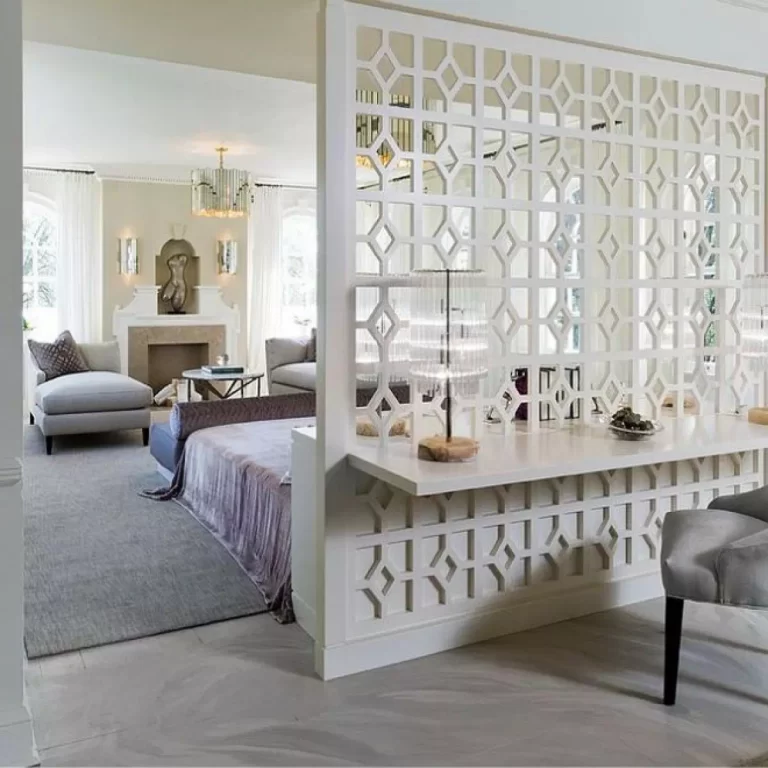
In order for the partitions to fulfill their function and not disturb the harmony of the room, it is worth following a few basic rules:
- Do not overload the space.
Use light and transparent partitions if the area of the room is small. Heavy structures can visually reduce the room. - Natural lighting
Make sure that partitions do not block natural light. This is especially important for small rooms or studio apartments, where every ray of light is important. - Harmony with the interior design
Partitions should match the style of the interior, complementing it. If your interior is modern, choose glass and metal; for classic solutions — wood and textiles.
4. Where to use room dividers?
Room partitions can be useful in different rooms:
- Living room
In large living rooms, partitions can separate the rest area from the workplace or dining room. Glass structures or shelves will become functional and stylish solutions. - Bedroom
Installing a partition in the bedroom can help create a separate area for the dressing room or separate the work area if it is part of the room. - Studio apartment
In an open-plan apartment, partitions allow you to create privacy and organization. For example, you can separate the kitchen from the living room or the sleeping area from the work area.
Room partitions are an effective and stylish way to zone space in an apartment. From glass and stationary structures to light curtains or mobile screens — each partition option has its own advantages and helps to organize space intelligently. The main thing is to choose the type of partition that best suits your needs and interior style, providing a harmonious combination of comfort and functionality.

